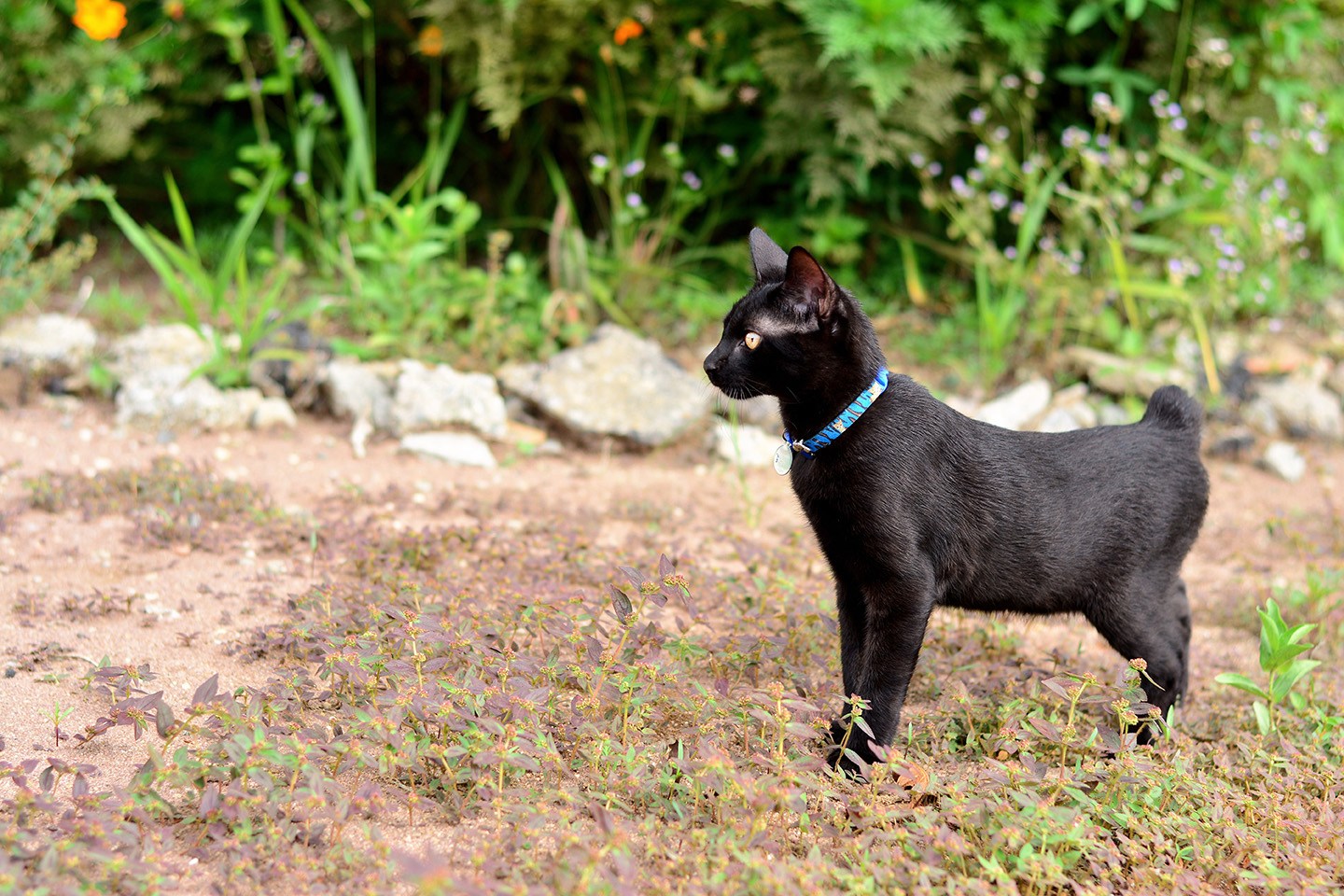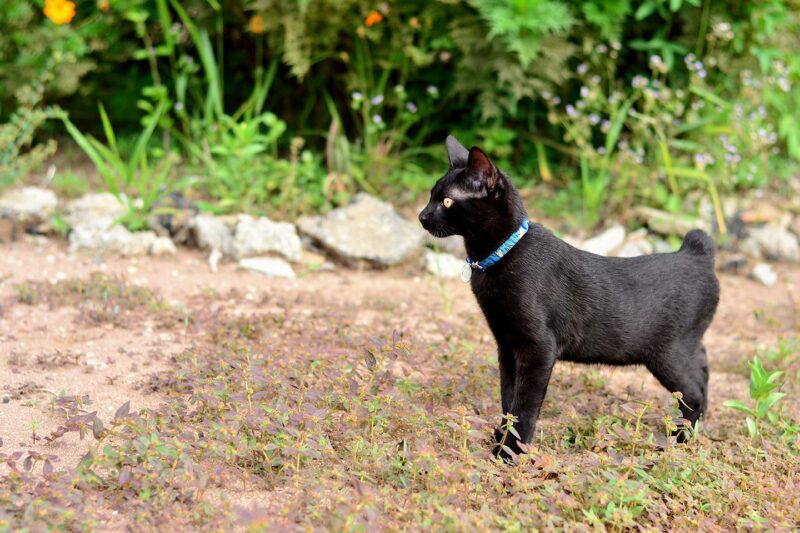To some, it may seem impossible to imagine a cat without a tail. After all, it’s such an integral part of their communication. Think of a cat slowly swatting their tail as a warning to another cat or dog to stop whatever they’re doing that is annoying them. They slap it harder and harder as the tension mounts. Then, there is the frightened feline with the puffy tail.
They don’t have to mew or yowl for you to know that something is wrong.
Cats also use their tails for balance when jumping tree to tree—or onto the counter where they know they’re not allowed. You’d think that one without this appendage would have a difficult time with both of these functions. However, felines born this way manage to get along well, despite the lack of a tail. While it’s not common, there are several breeds that are tailless.
The 6 Tailless Cats (No Tail Cats)
The use of female pronouns in this article (she/her) is a stylistic choice by the author. This information applies to males of the same breeds too.
Broadly speaking, the breeding of tailless cats is controversial, as not having a tail doesn’t offer the cat any benefits over their tailed counterparts. The information in this article is for informative purposes only and not intended to encourage the breeding of tailless cats.
1. American Bobtail
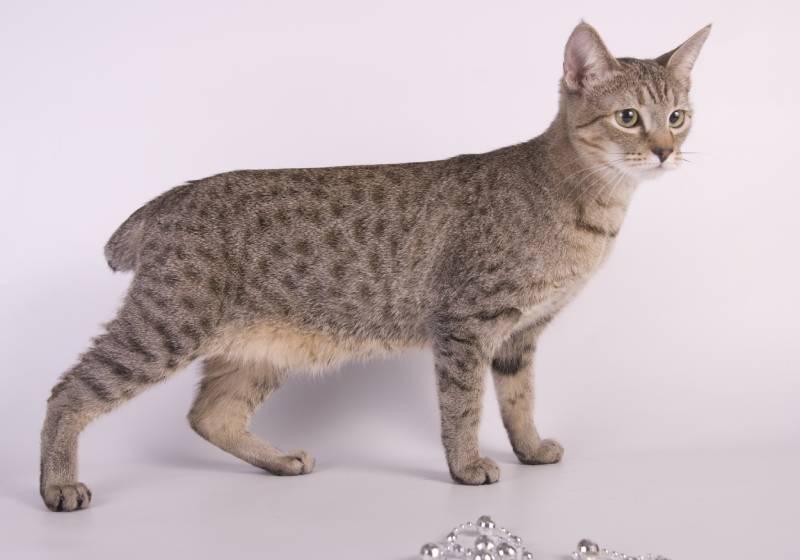
The American Bobtail isn’t a tailless cat, technically. As her name implies, there is instead the short stump of a tail. In many ways, she resembles the Bobcat. This feline is large, weighing in at up to 16 pounds as an adult. Her fluffy coat makes her seem even bigger. This one loves to play and will quickly get bored without something to do. She is also very affectionate.
2. Japanese Bobtail
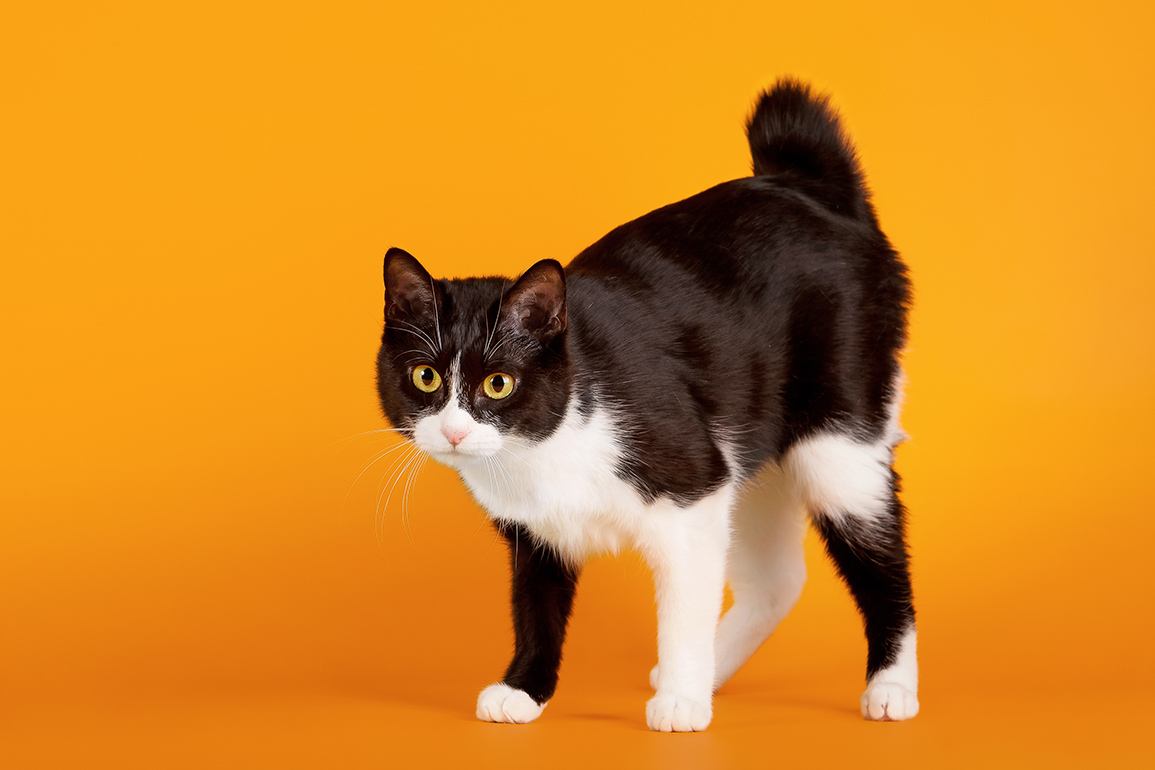
The Japanese Bobtail is an ancient breed with a history that goes back hundreds of years. Like our previous feline, her tail is short and a distinguishing trait between others like her, making her look like a no-tail cat. She is an active cat that craves attention. She is even willing to share her love with strangers and dogs. This one is also intelligent and needs to play to stay happy.
3. Kurilian Bobtail
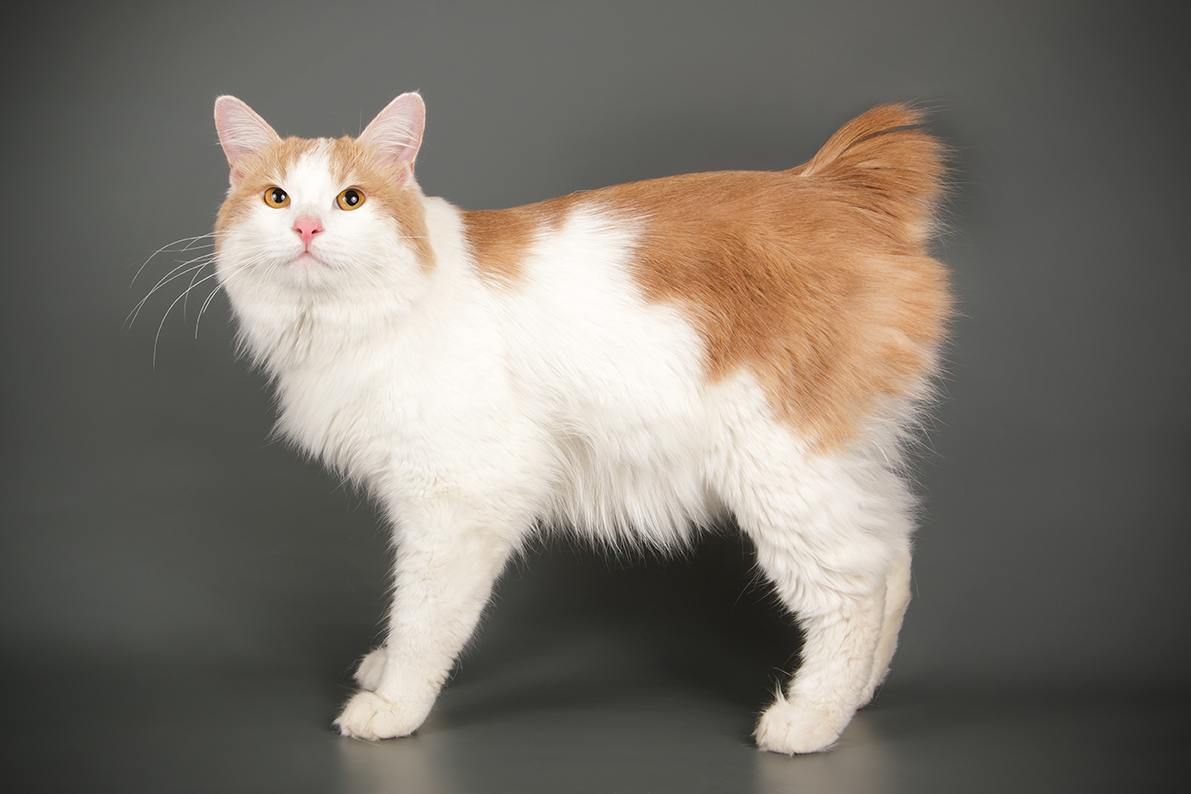
The Kurilian Bobtail origins are from Russia, though the exact date of their development as a breed is not known. They are rare in the United States. Some people believe she is related to the Japanese Bobtail because of their similar appearance and tailless characteristics. She is a friendly cat that will tolerate both children and dogs.
Note to CP: Removed one sentence after
4. Manx
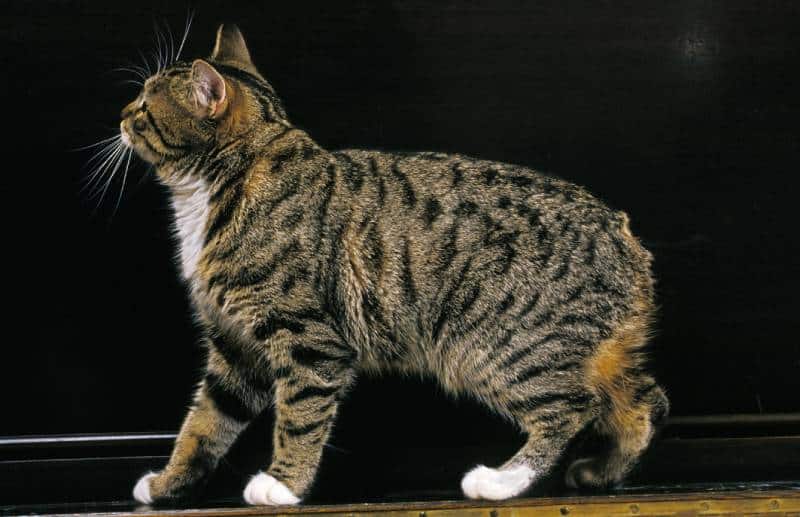
The Manx is an adorable cat, in part because of her rounded body shape and in part because they are a no-tail cat breed. The breed’s history goes back centuries to the Isle of Man in the Irish Sea. She is a medium-sized feline with a muscular form. Her good looks caught the eye of enthusiasts early and put her on the show circuit. This breed’s standard was established in 1903.
5. Cymric Cat
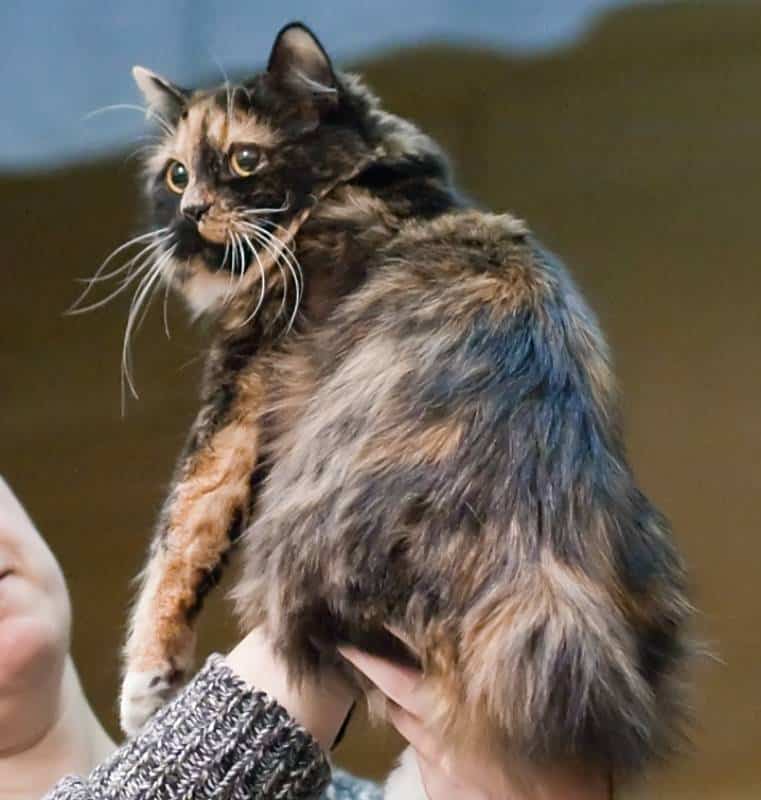
The Cymric Cat and the Manx are like twins. The former is the longhaired variety, while the latter is the shorthaired one. Like the Manx, the Cymric Cat is an energetic and playful tailless feline. Her double coat is lush and dense, which makes her appear larger than she is. She is a devoted companion with a keen intelligence that demands mental stimulation to be happy.
6. Highlander Cat
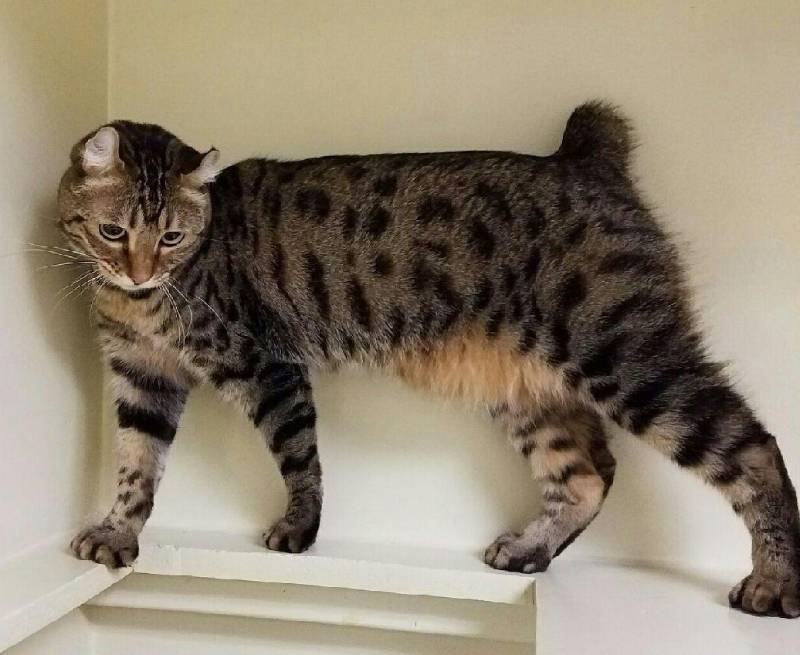
The Highlander Cat is the new feline on the block. She has a stubby tail and curled ears that make her look exotic tailless cat and maybe even a bit wild. She is a cross between the Jungle Curls and Desert Lynx, which accounts for her appearance. Unlike many felines, this one anecdotally doesn’t dislike water. She is a large and muscular cat that exceeds as a hunter.
Final Thoughts
As you may expect, there are many myths and legends surrounding tailless cats that range from fantastical to bizarre. The fact remains that they are the result of natural mutations and selective breeding. Nevertheless, these occurrences aren’t common with something as visible as a tail. It only makes them look that much more unique.
Perhaps, cats without tails seem more like wild felines because they resemble animals like the Lynx or Bobcat. Their looks belie the fact that many are affectionate and outwardly friendly toward people and other pets. It’s one of the things that makes them so endearing. They defy the notion that all cats are aloof. On the contrary, they are feline companions.
See Also:
- 10 Cat Breeds with Short Tails (With Pictures)
- 20 Weird & Strange-Looking Cat Breeds (With Pictures)
Featured Image Credit: NANCY AYUMI KUNIHIRO, Shutterstock

